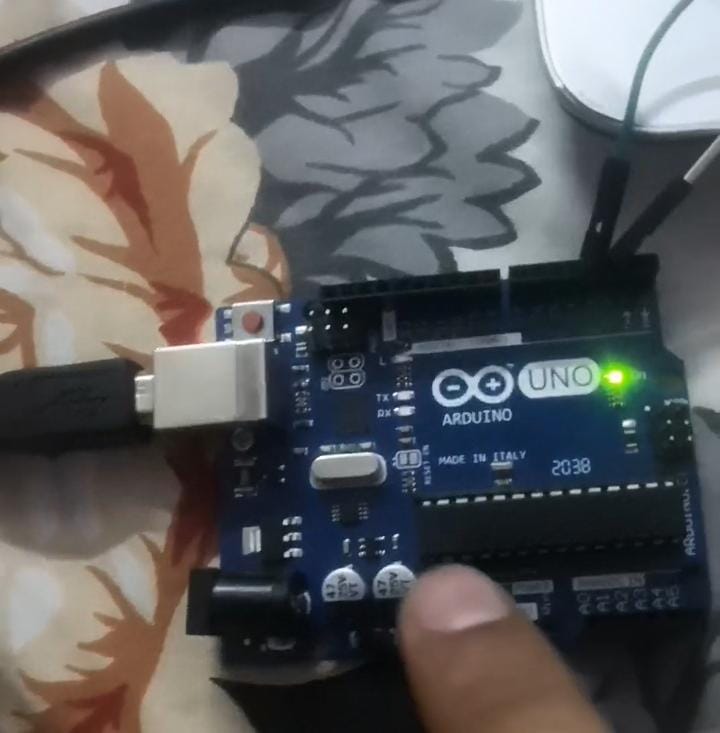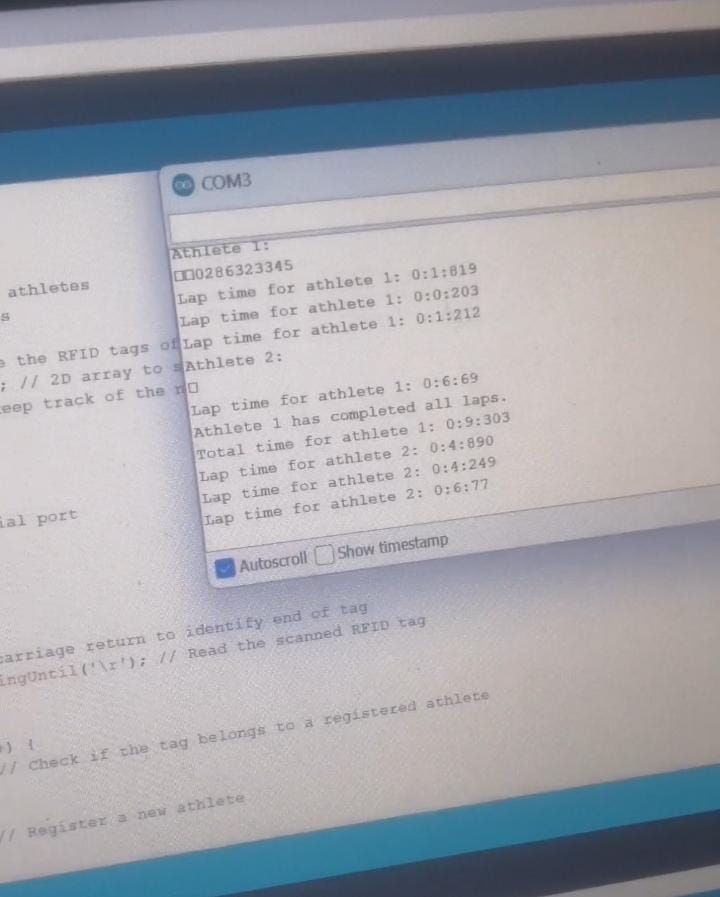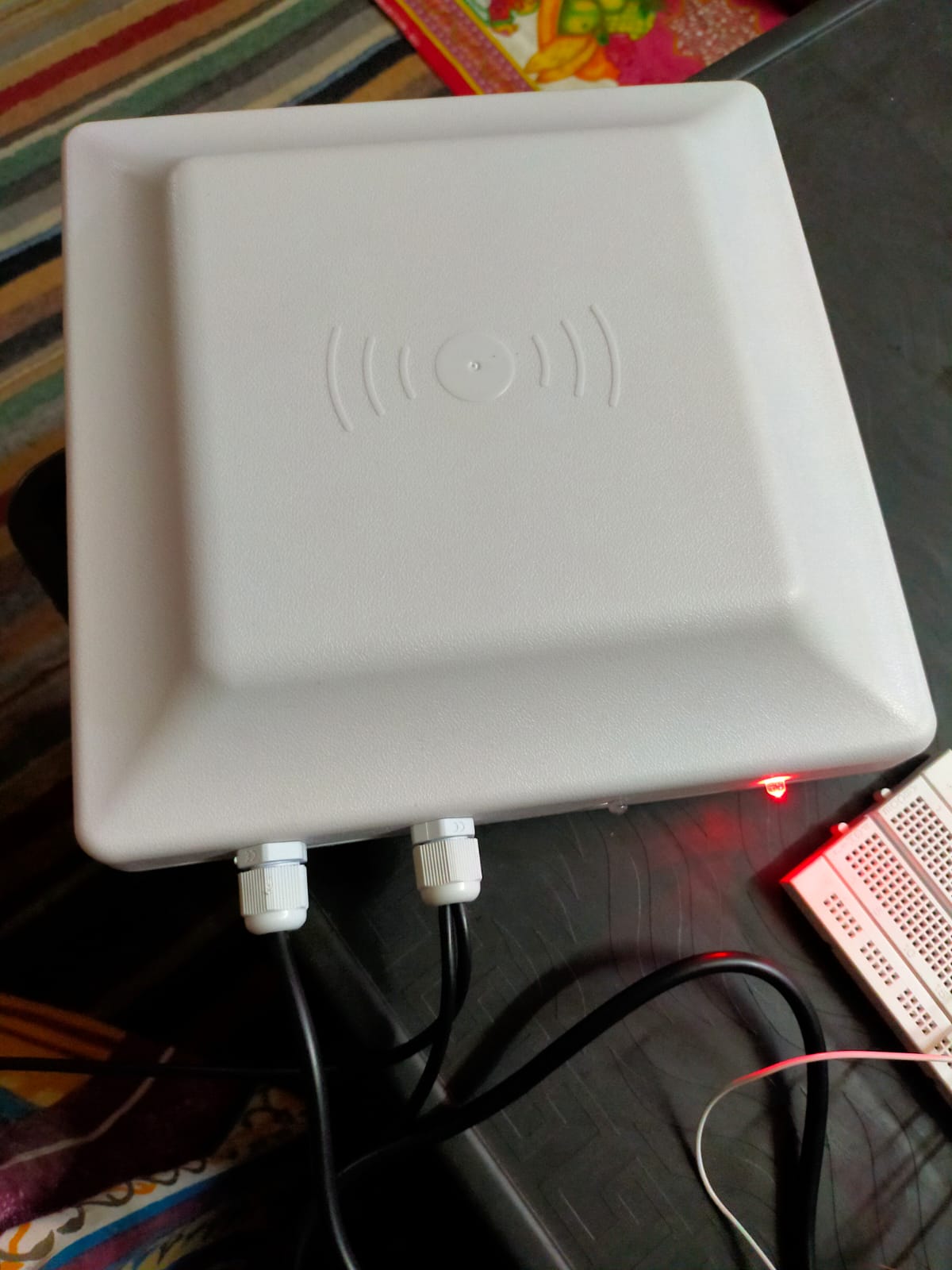Objectives
The main objectives of an RFID (Radio Frequency Identification) based race timing system are:
1. Accurate Timing: The primary objective of an RFID-based race timing system is to provide accurate and reliable timing for participants in a race.
2. Real-time Tracking: RFID systems enable real-time tracking of participants throughout the race course.
3. Efficiency and Speed: RFID-based timing systems are designed to streamline the race timing process. They eliminate the need for manual recording of times and reduce human error.
4. Multiple Timing Points: RFID technology allows for the placement of multiple timing points along the race course.
5. Easy Integration: RFID timing systems can be easily integrated with other race management tools and technologies.
6. Participant Experience: RFID-based race timing systems enhance the overall participant experience.
7. Data Analysis: RFID timing systems generate a wealth of data that can be used for in-depth analysis.
Socio-Economic Benefit
The RFID-based race timing system offers several socio-economic benefits, which include:
1. Enhanced Event Experience: RFID technology improves the overall event experience for participants by providing accurate and timely race results.
2. Improved Safety and Security: RFID systems help ensure the safety and security of participants during races.
3. Efficient Race Operations: RFID-based timing systems streamline race operations and reduce the reliance on manual processes.
4. Economic Impact: Well-executed races can have a significant positive economic impact on the host community.
5. Sponsorship and Marketing Opportunities: RFID timing systems provide valuable sponsorship and marketing opportunities for businesses.
6. Data Insights and Analysis: RFID timing systems generate a wealth of data that can be used for analysis and decision-making.
Methodologies
The basic methodology of an RFID (Radio Frequency Identification) race timing system involves the following steps:
1. Develop the software: The software development process will include creating the nec�essary algorithms to collect, process, and analyze the data collected by the RFID system.
2. Build the hardware: Once the RFID system design and software development are com�plete, the next step is to build the hardware. This includes installing RFID Reader,
placing RFID tags on athletes, and configuring the RFID readers to communicate with the software.
3. Testing and Evaluation: After building the hardware, the RFID system must undergo testing and evaluation to ensure it is accurate, efficient, and reliable.
4. Implementation: Once the system has been designed, built, and optimized, it can be implemented in actual race events.
Outcome
The outcome of an RFID-based race timing system is the generation of accurate and reliable race results. The system captures precise data regarding the participants' start times, intermediate split times, and finish times, which is then processed and analyzed to determine each participant's overall race performance. Overall, the outcome of an RFID-based race timing system is the provision of accurate, reliable, and timely race results, enhancing the race experience for participants and organizers alike. The system enables fair competition, performance analysis, and data-driven decision-making, contributing to the overall success and enjoyment of the race event.








